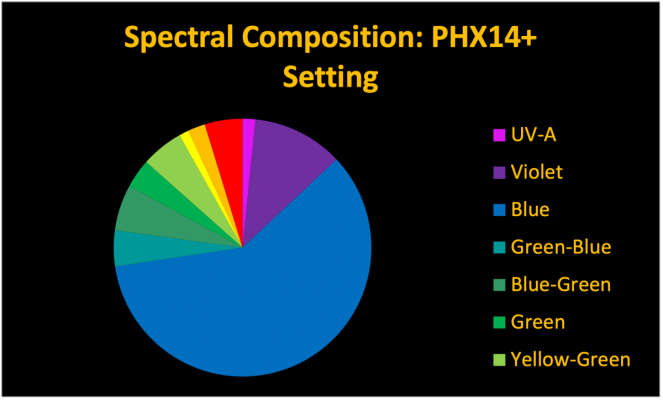And for that the community, myself included appreciate you. From my understanding of the spectrum, it looks like it has a wide band blue spectrum, good for coral growth, but really pesky around 450-460 for that pop today’s reefers seem to prefer. Am I right?Thanks - that took months to complete.
Also as a scientist you may cringe at this, but viscerally how does the coloration and growth look to you compared to some of the other fixtures you have had or tested?

















